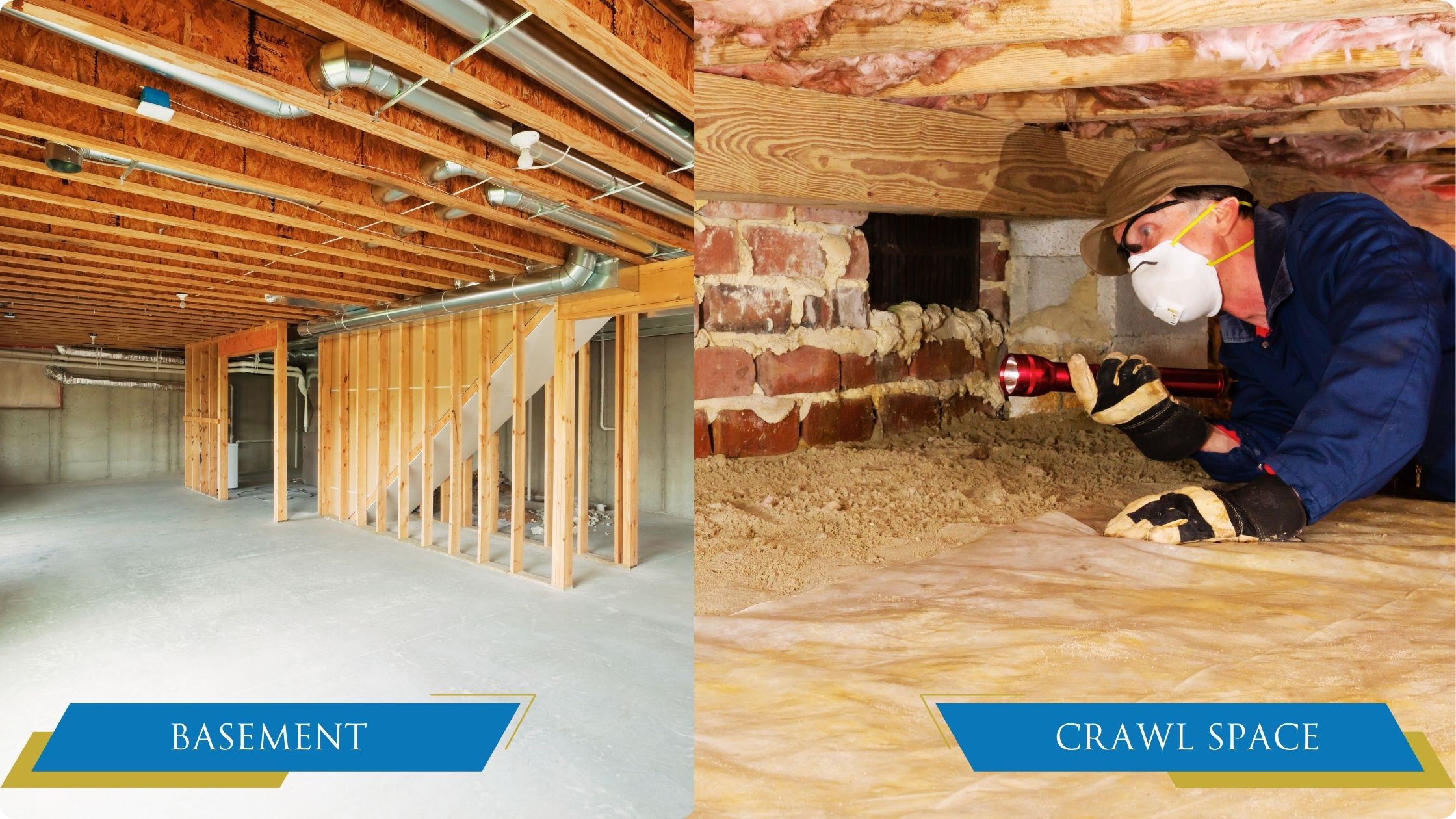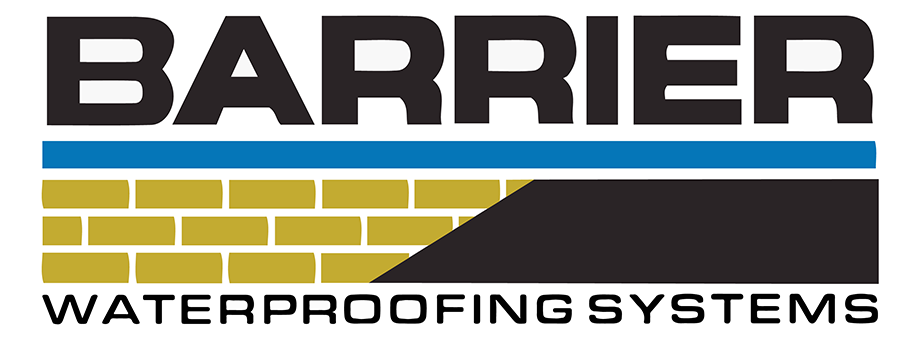If your house smells like mildew, you see mold developing on the walls, or notice standing water on the inside of your home, it’s time to consider waterproofing. But before you make the call, you should understand the type of foundation your home has and the potential reasons how water enters in the first place. In the South, many homes have either a basement or a crawlspace. But what’s the difference?
Basement Or Crawl Space?
A basement is essentially a room, finished or unfinished, that is either fully or partially underground. It may provide usable living or storage space. Most basements have a concrete slab floor and cinder block walls. A crawlspace, by contrast, is a shallow and unfinished space between the bare earth and the first floor of your home. It is meant to be used as access to your HVAC, electrical, plumbing, and other systems. Most crawl spaces have exposed foundation walls.
Water Intrusion Causes
Causes of water intrusion in a basement range from hydrostatic pressure and cracks to poor drainage and leaks. A hydrostatic pressure intrusion, for example, happens when water pushes against buried foundation walls and floors. Basements are also prone to settling, cracking, and seismic activity that can leave weak spots in the foundation. Further, poor grading or clogged gutters can lead to drainage issues that result in water intrusion. Some basement homes also experience plumbing leaks that can lead to mold and mildew.
Water intrusion in a crawlspace often derives from underground evaporation, condensation, and groundwater seepage. Poor ventilation, which is caused by inadequate airflow, also contributes to moisture accumulation.
Types Of Waterproofing
The waterproofing solution needed for your home will be unique to your situation. But for a basement, you might need exterior waterproofing, which may include excavation and a permanently installed drainage system, or interior waterproofing, which might include vapor barriers, French drains, and epoxy injections to seal cracks. Many homeowners also choose to install a sump pump and dehumidifier.
Crawlspace waterproofing may also utilize vapor barriers or customized drainage solutions. Crawlspace encapsulation as well as adding additional ventilation to encourage airflow and prevent moisture buildup can also help.
Ultimately, the type of waterproofing solution that’s right for you is based on your home’s unique circumstances. A comprehensive waterproofing plan is crucial in helping you keep your home a safe and healthy space for your family. Before you make any decision, contact Barrier Waterproofing for a professional assessment. Our qualified waterproofing professionals can help assess your specific needs and recommend the best course of action based on the severity of the problem, your budget, and location.

